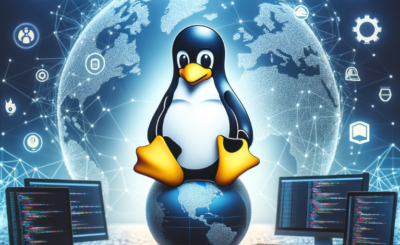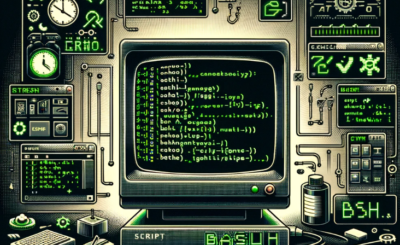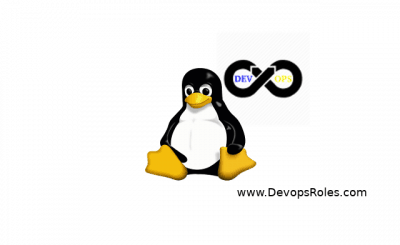Introduction The RPM command line in Linux is a powerful tool for managing software packages on Linux distributions that are…
Linux Commands
How to Simplify Your Linux and Docker Commands with Bash Completion
Introduction Bash Completion: Are you spending too much time typing out lengthy Linux commands or struggling to remember Docker command…
HISTCONTROL ignorespace Force history in Linux
Introduction How to Force history not to remember a particular command using HISTCONTROL ignorespace in Linux. When executing a command,…
The Best Linux Text Editors for Developers and Coders
Introduction In the Linux world, text editors are essential tools for programmers, writers, and anyone working with text-based files. With…
11 Ways ChatGPT Can Help Developers
Introduction In this post, we’ll explore 11 ways ChatGPT can help developers. As technology continues to evolve, developers are faced…
How to Master rpm Command a Comprehensive Guide
Introduction How to master the rpm command in Linux. The RPM (Red Hat Package Manager) command is a powerful tool…
How to Password Protect Files on Linux : A Complete Guide
Introduction In this tutorial, you’ll learn how to password protect files on Linux to ensure they remain secure from unauthorized…
Managing and monitoring swap on Linux
Introduction This tutorial covers how to manage and monitor swap on Linux, including how to determine the amount of swap…
Guide to Install Python 3.6 on Centos 6
Introduction OS Centos 6 is the default Python version 2. How to Install Python 3.6 on Centos 6. Python is…
Install PIP on Centos 8
Introduction In this tutorial. How to install pip on Centos 8. Pip is a package management system that allows you…



